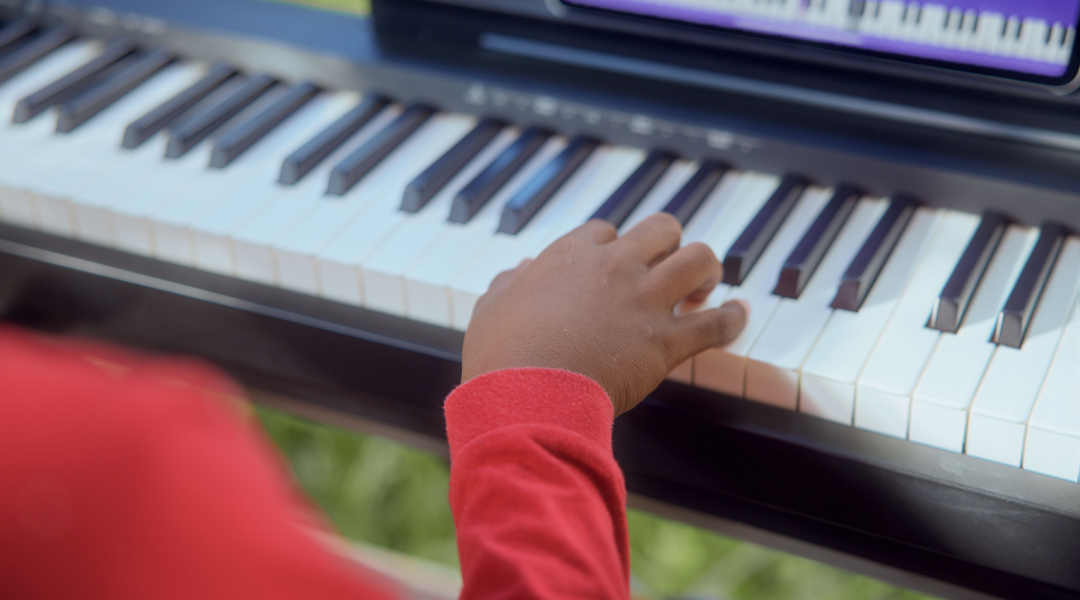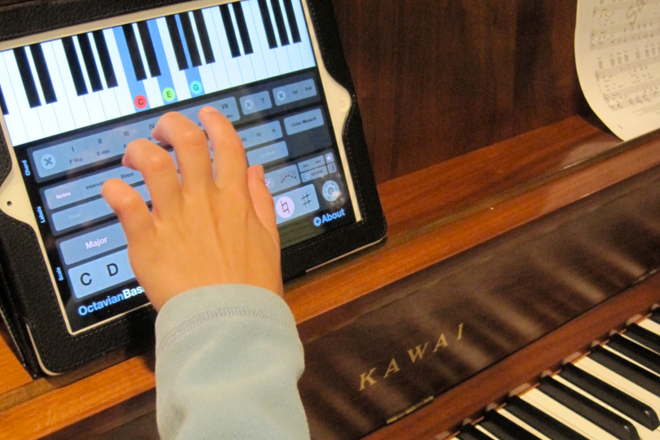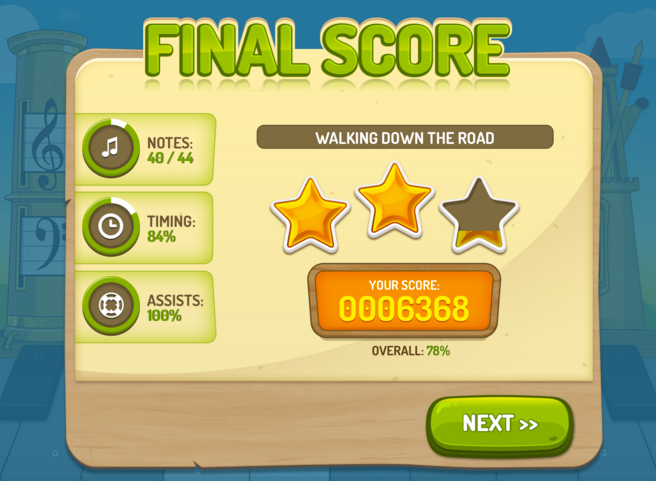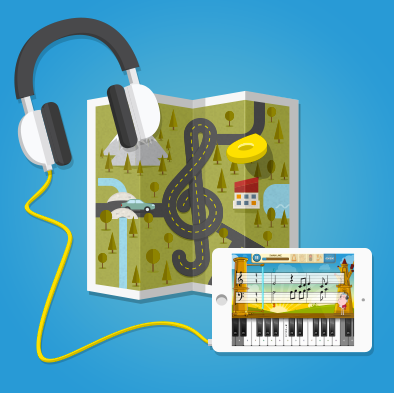Learn How to Play the Piano By Ear in 3 Easy Steps
Mastering piano sheet music is a skill that can bring you hours of unparalleled satisfaction. But reading sheet music isn’t for everyone; some of the greatest pianists of all time didn’t even know how to read the chords! How did they do it? They play the piano by ear, possibly the most exhilarating way to play music.
Think learning to play the piano by ear is beyond your scope? Think again. Between YouTube tutorials, guided lesson plans, and piano apps online and for smartphones, the digital era has produced such a solid array of self-help material, nearly anyone can learn to play the piano by ear in a relatively short amount of time. If you’re toying with the idea, then take a look at our easy guide to playing by ear, and see for yourself.

Step One: Hear the Music
To begin training your ear, listen to one song over and over again. Make it a song with good melody, and listen for the nuances in the music, the highs, the lows, the stops and starts. Take note of every sound, change, and emphasis. Beat out the tune, and hum or sing the words out loud to get a better sound for the music. Do this until you can sing the song without any accompaniment and get it right.

Step Two: Match It
Now that you’re an obvious contestant for American Idol, it’s time to move over to the piano. Hum or sing out the melody once more, but this time, try to pick out the notes that you are singing on the piano. At first, it’ll be a bit of trial and error, but as you go along, you’ll find yourself recognizing the sounds that are coming out of your mouth and correlating them to the keys on the piano instinctively. Take it slow, and practice a few notes at a time, going over the same few little parts of the song several times before moving onto the next part of the piece.
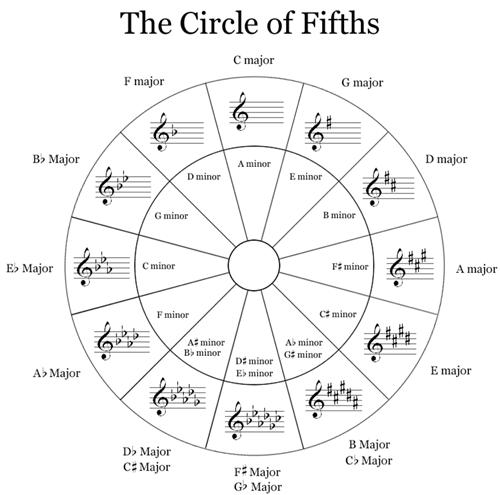
Step Three: Learn Music to Scout Out the Patterns
Knowing what music is all about – the chords, the intervals, the scales, the chord progressions, and the melodies – dramatically increase your likelihood for success when learning how to play by ear. Once you know the different parts of music and how they’re built, you’ll be more adept at picking out patterns within the songs you’re hearing, noticing the intervals between notes, and recognizing the sounds that are associated with which chords (for example, serious tones are minor chords, discordant sounds are generally diminishing chords, etc.).
This is the real key to learning to play by ear because once you can notice a musical pattern, you don’t even have to take time getting to know the song itself!
Bonus training tip: If you want to further train your ear without using a song to copy, just play this game with a friend: Ask your friend to tap two keys on the piano. You try to guess if the first one is higher or lower than the second. This will develop the listening skills you need to recognize notes within a song. When that becomes too easy, test each other by playing intervals, then chords, etc.
[embedyt] https://www.youtube.com/watch?v=tma3UyT2ZIo[/embedyt]
Let’s Get Started
You’ll want to start learning to play the piano by ear with a song that you are familiar with. Don’t worry, once you’ve gotten the hang of it, you’ll be able to pick up a fresh tune within minutes of hearing it.
If Kobe Bryant taught himself to play Beethoven by ear, so can you! Give it a try, and you might just surprise yourself!






